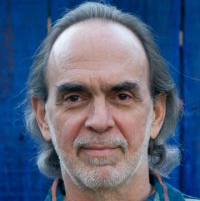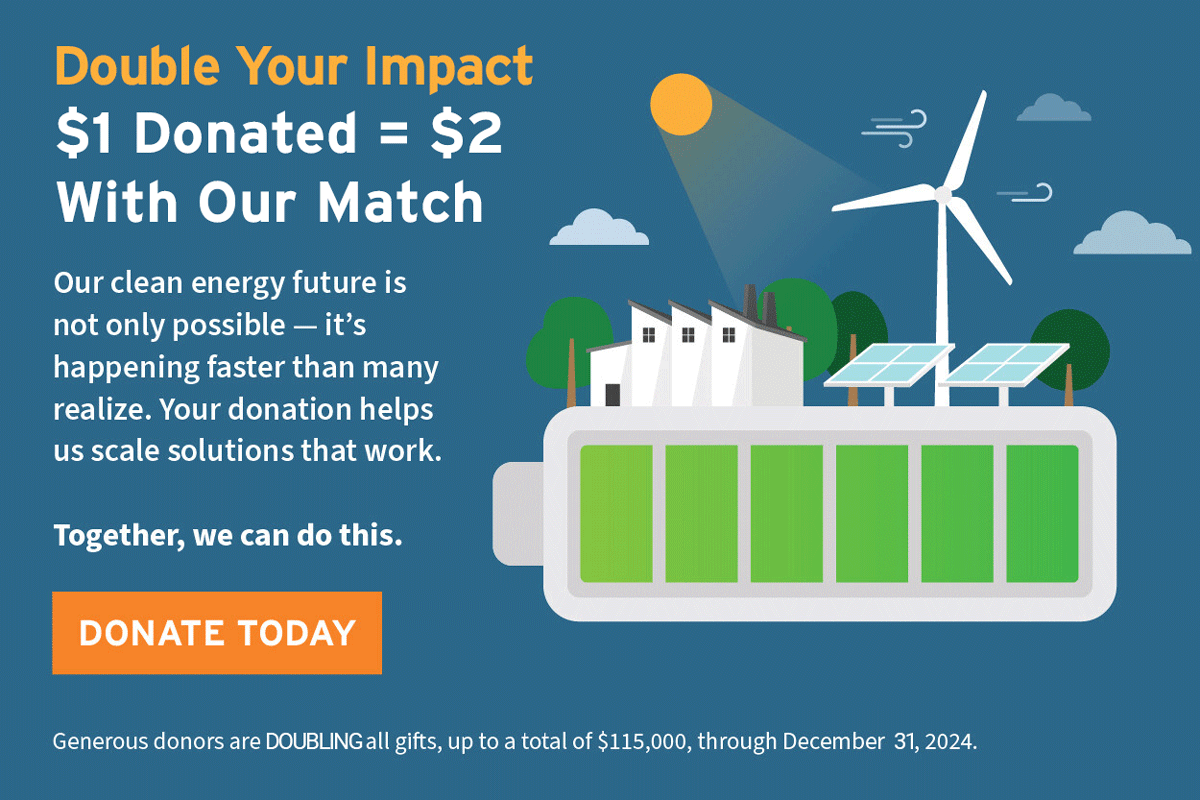Lorenzo Kristov is Principal, Market and Infrastructure Policy at California Independent System Operator (CAISO). For most of the 2000s he was a lead designer of the locational marginal pricing-based market structure the CAISO implemented in 2009. He later led initiatives to redesign the transmission planning process and the new generator interconnection process to accommodate rapid growth of renewable energy projects triggered by California’s renewable portfolio standards. Since then he has focused on integrating distributed energy resources into the CAISO markets and grid operations, and has led CAISO’s engagement in CPUC proceedings dealing with distributed energy resources. He also participates for CAISO in national forums on electric system evolution.
During the industry restructuring of the 1990s he worked at the California Energy Commission in collaboration with the CPUC and stakeholders to develop the rules for retail direct access. In 1993-4 he was a Fulbright Scholar in Indonesia working on a commercial and regulatory framework for direct foreign investment in power generation. He has a B.S. in mathematics from Manhattan College, an M.S. in statistics from North Carolina State University, and a Ph.D. in economics from the University of California at Davis.
EXPERIENCE AT THE DISTRIBUTION EDGE
My distribution edge experience began in 2012, when I led an initiative at CAISO to qualify distributed generation (DG) to provide resource adequacy capacity. Load-serving entities soon began to include DG resources in the 1-3 MW range in their resource adequacy portfolios. Given California’s policies to promote growth of DG, I expected new challenges to real-time operation and long-term planning with large amounts of DG in the wholesale markets. In 2013 I began exploring alternative ways to redefine roles and responsibilities of the CAISO and the distribution utilities at the transmission-distribution interface, with high volumes of distributed energy resources (DER). The “distribution system operator” (DSO) concept grew out of this work. Since then I have written and presented on the evolving high-DER electric system, alternative DSO models, transmission-distribution interface coordination, and distribution grid modernization. In 2015 I was an advisor to the New York Reforming the Energy Vision (REV) working group on market design and platform technology.
DESCRIBE WHAT YOU WANT TO OFFER TEAMS TRYING TO ACCELERATE THEIR PROJECTS
For project teams participating in the eLab Accelerator, I can offer both process and content assistance. Regarding process, I can help a team envision and structure a project from beginning to end, starting with a clear statement of objectives, a vision of what constitutes success, and then moving to specification of parallel swim lanes and their deliverables and interdependencies, stakeholder engagement approaches, identification of external factors and strategies for managing risks and uncertainties. In addition, a successful project must stay focused on the practical implementation details, keep an eye on the ultimate objectives of the project, and be cognizant of the larger societal context and public policy goals to which the project is contributing.
Regarding content, I bring considerable experience with design of wholesale electricity markets, federal-state jurisdictional issues, and many of the technical and policy issues around expanding DER. Drawing on my involvement with the DOE’s Grid Architecture effort, I try to take a holistic view of the electric grid as a complex system, and on that basis consider how a given project affects other elements of the greater system and may lead to unanticipated or emergent outcomes.
WHAT PERSONALLY MOTIVATES YOU TO WORK ON ISSUES AT THE DISTRIBUTION EDGE?
I personally believe that the electricity system is evolving to what may be called an “integrated decentralized” structure for the 21st century. This structure consists of thousands of local or community-based electric systems, each connected to a single transmission-distribution interface with the high-voltage transmission system, each using the wholesale market to buy and sell energy to meet a portion of its needs, yet each one capable of operating independently as an island if grid service is disrupted. This structure will enable local jurisdictions – cities, counties, water districts – to create stronger, more resilient communities for what is likely to be an increasingly volatile century, both climatically and economically.
A local electric system can be the backbone of a more integrated system of essential municipal services that includes water supply, local transportation, waste management, wastewater treatment, and broadband internet service. It can also boost the local economy through development of community renewable generation and storage resources and energy efficiency programs. As “smart” communities integrate their services, working with the distribution utility to use the electric system to help effect this integration, they can advance local climate action plans, extract energy value from waste streams and move toward zero waste, strengthen their local economies and food systems, and thereby become more sustainable and resilient.
Of course, there is no guarantee that the integrated decentralized structure as I have described it will actually develop. My work on distribution edge issues is driven by my desire to advance the transition to community-based energy systems to foster resilient 21st century communities, for the well being of the generations of children who will inherit the results of our actions.

